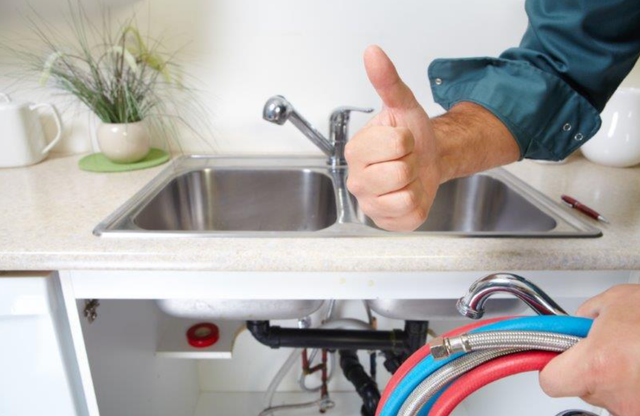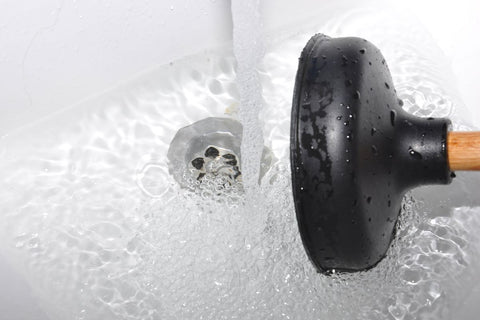Intelligent Winterizing Solutions: A Few Approaches to Guard Your Pipes in Cold Weather
Intelligent Winterizing Solutions: A Few Approaches to Guard Your Pipes in Cold Weather
Blog Article
Just how do you feel on the subject of How to Prevent Frozen Pipes?

All home owners that live in pleasant climates must do their ideal to winterize their pipelines. Failure to do so can spell calamity like frozen, split, or burst pipes.
Try a Hair Dryer or Warmth Weapon
When your pipes are practically freezing, your dependable hair dryer or warm gun is a godsend. If the hot towels do not assist dislodge any kind of settling ice in your pipelines, bowling hot air straight into them may help. Do not utilize various other items that create direct flames like a strike torch. This can cause a larger disaster that you can not regulate. You may end up destructive your pipes while trying to thaw the ice. And in the future, you may even wind up melting your house. Beware!
Open Up Cabinet Doors Hiding Plumbing
It would be useful to open up cabinet doors that are camouflaging your pipes when it's chilly outside. They can be somewhere in your cooking area or shower room. This will permit the warm air from your heating system to distribute there. As a result, you stop these revealed pipes from cold. Doing this small trick can keep your pipelines cozy and restrict the possibly dangerous results of freezing temperatures.
Require Time to Wrap Exposed Pipes
One clever and also simple hack to heat up freezing pipes is to wrap them with cozy towels. You can cover them initially with towels. After protecting them in place, you can put boiling water on the towels. Do it gradually to allow the towels absorb the liquid. You can also make use of pre-soaked towels in hot water, just don't forget to use protective gloves to safeguard your hands from the heat.
Activate the Faucets
When the temperature level decreases as well as it appears as if the freezing temperature level will certainly last, it will help to turn on your water both inside your home as well as outdoors. This will certainly maintain the water moving through your plumbing systems. You'll finish up squandering gallons of water this way.
When Pipes are Frozen, shut Off Water
If you observe that your pipelines are totally icy or nearly nearing that phase, transform off the major water shutoff instantly. You will usually locate this in your cellar or utility room near the heater or the front wall closest to the street. Turn it off right away to prevent additional damage.
With more water, more ice will stack up, which will eventually lead to rupture pipes. If you are uncertain regarding the state of your pipes this winter months, it is best to call a specialist plumber for an inspection.
All homeowners who live in warm climates should do their best to winterize their pipes. Failure to do so can lead to calamity like frozen, split, or ruptured pipelines. If the hot towels do not help displace any type of clearing up ice in your pipes, bowling warm air directly right into them may assist. Turn off the main water shutoff quickly if you observe that your pipes are totally icy or nearly nearing that phase. With even more water, more ice will certainly pile up, which will ultimately lead to break pipes.
PREVENT YOUR PIPES FROM FREEZING THIS WINTER
A Leading Cause of Property Damage
When the weather is taking a deep nose dive into the cold dreary days, the risk of your pipes freezing and potentially bursting skyrockets. Unfortunately, during these cold dreary months, burst pipes are the most common denominator for property damage. The pipes that are most at the risk are those that are in areas where it is most cold in your home. For instance, pipes located in interior places such as basements, attics, and your garage. Unfortunately, that doesn’t mean that the pipes running through your cabinets or exterior walls can’t freeze. Good news, however, is that you can do things to help prevent pipes from freezing.
How to Prevent Pipes From Freezing
Once the temperature starts to drop during the winter, you should be taking the proper measures needed to ensure that your pipes stay warm and that there is circulation of water through them. Some steps that experts may recommend could go against your better judgement when it comes to saving water and heat. However, it would go without saying that when expenses are compared, damaged pipes could put a bigger dent in your wallet than a water bill.
What Can I Do?
Keep your garage door closed. This is very important, especially if you have water supply lines running through your garage. Open your kitchen and bathroom cabinets to allow warm air to circulate through them. Allow air circulation throughout your home. Keeping the interior doors open will once again allow the warm air to circulate inside your home. Ensure your thermostat is running the same temperature throughout the night and day. If you plan to be away from home during the cold months, set your temperature no lower than 55° F. This should provide enough heat to keep the pipes warm and prevent any remaining water inside the pipes from freezing. For more of a long-term solution, add insulation to attics, basement, and other crawl spaces around your home. By allowing your faucet to drip, it will alleviate pressure in the system. This is important because the pressure that is created between the blockage and the faucet can potentially cause the pipes to burst. Allowing the faucet to drip will prevent the pressure from building up, therefore keeping the pipes from bursting. Seal any cracks, openings, and crawl spaces around your home to prevent cold air from coming inside. This keeps your pipes-not to mention your home-warmer and less susceptible to issues caused by freezing temperatures. For the pipes in your home that are easily accessible, applying electrical tape to them might prevent them from freezing over. This is a quick fix, as you can apply the tape directly to the pipe. There are two options for heating tapes. One turns on and off by itself when it senses heat is needed. The other type of heating tape needs to be applied when heat is needed and removed when not necessary. If you have exposed pipes in your home, you can check this website to take a look at a few options that would be available at a shop near you.

I am just very curious about Prevent Freezing and Bursting Pipes and I am assuming you enjoyed reading the entire piece. Don't hesitate to take a moment to share this entry if you enjoyed reading it. We treasure reading our article about How to stop pipes from freezing during the winter.
Leak detection needed? Report this page